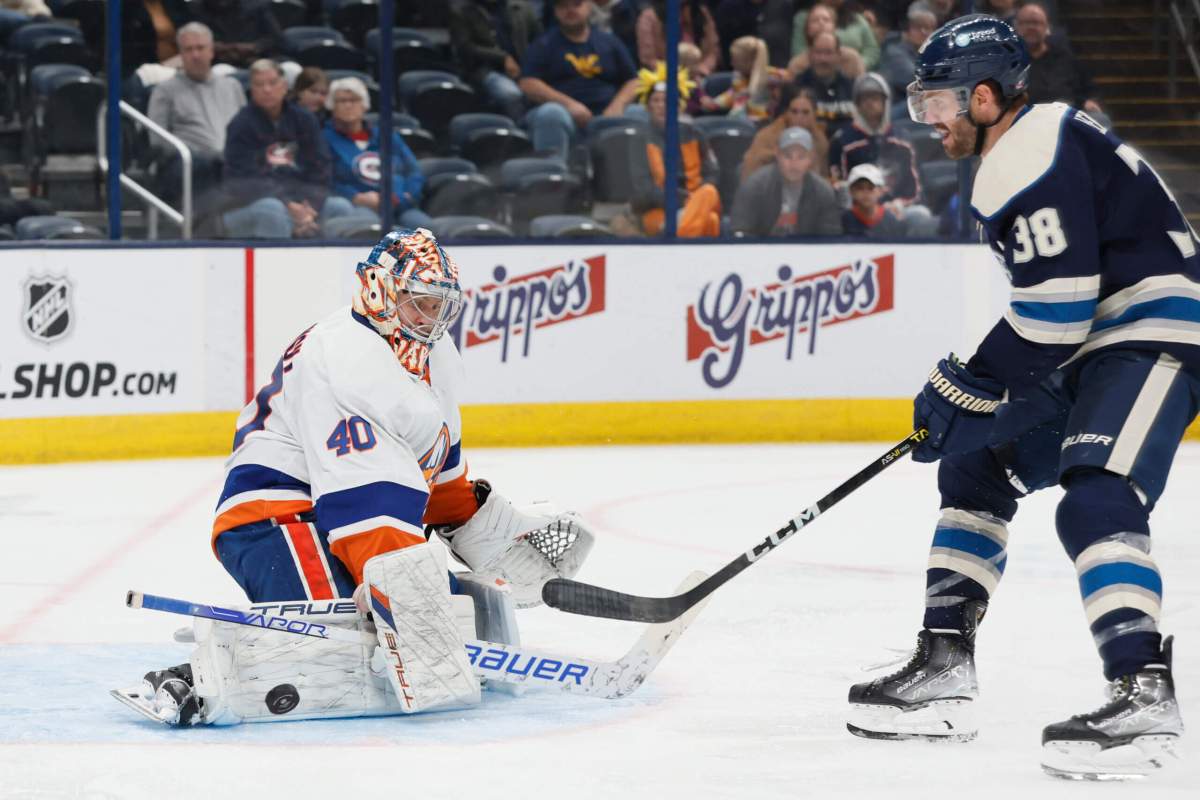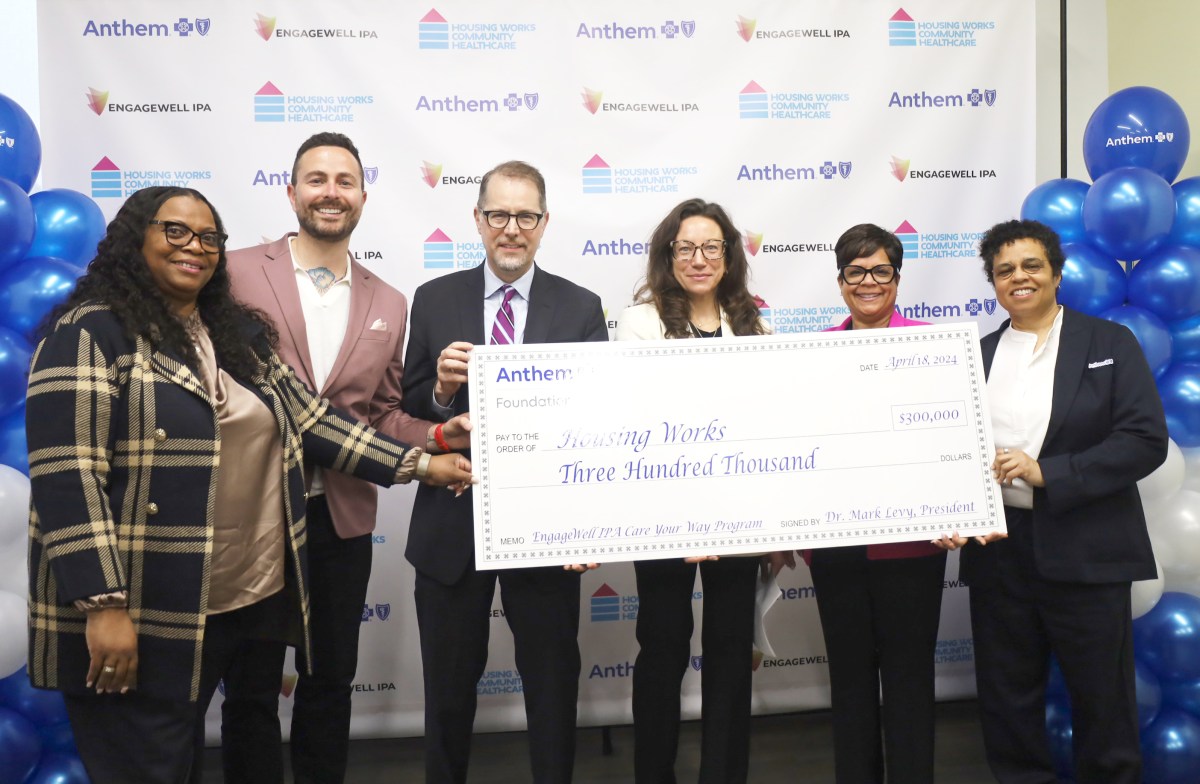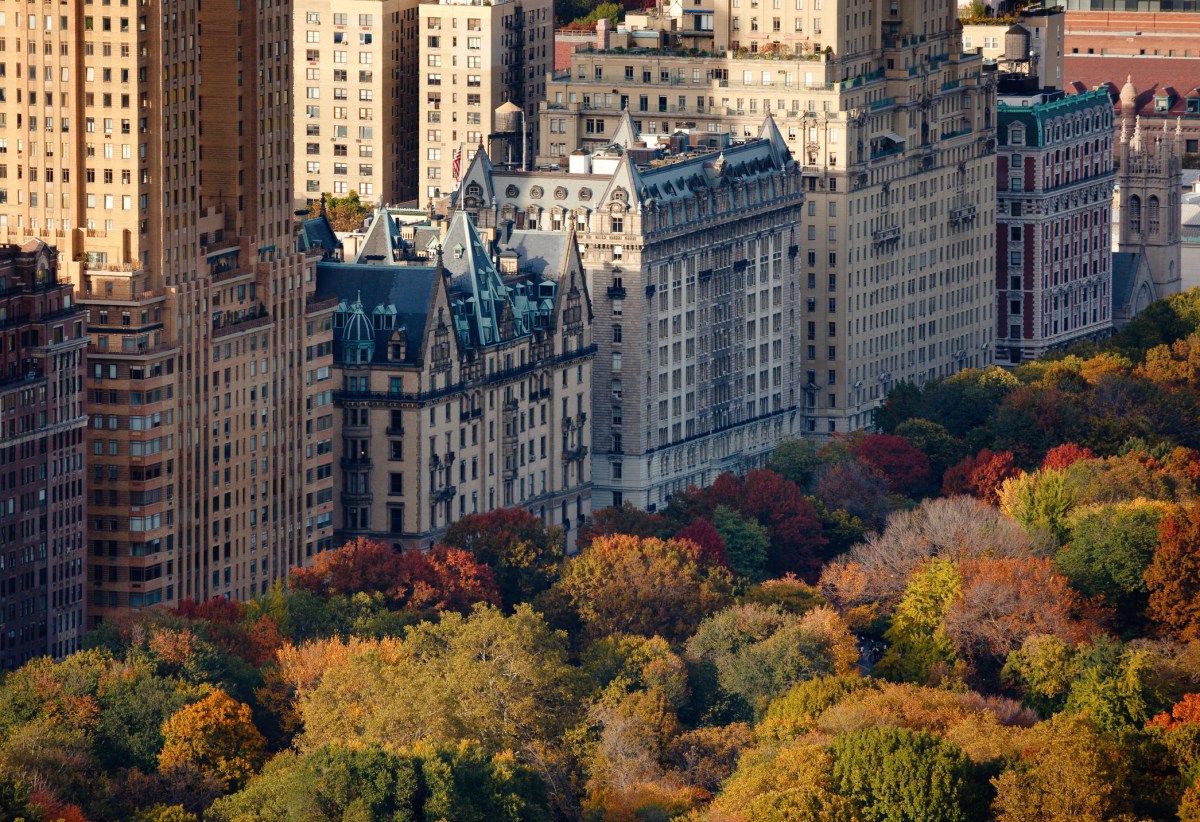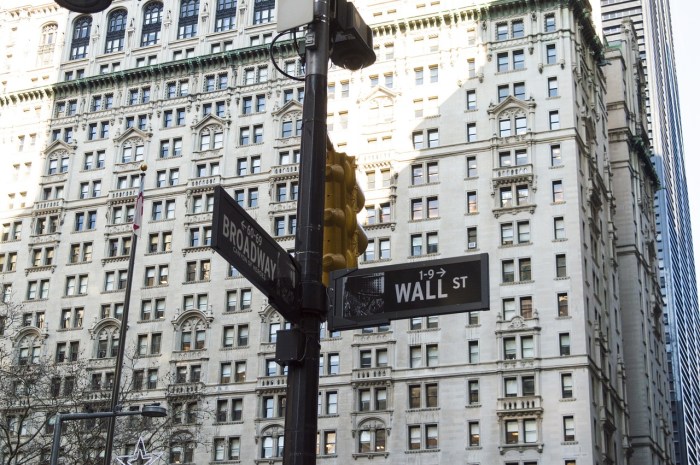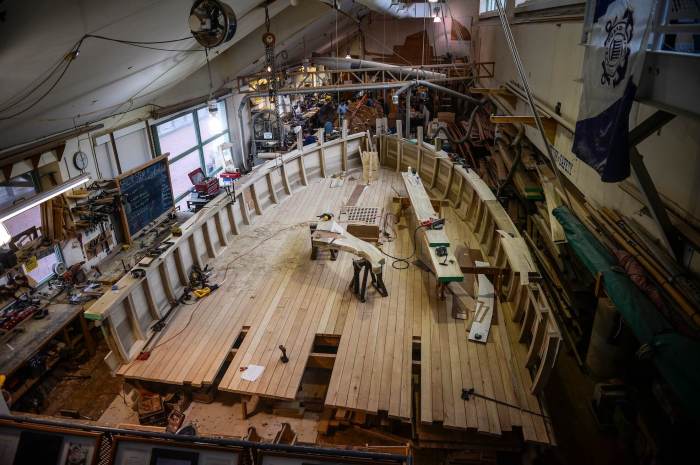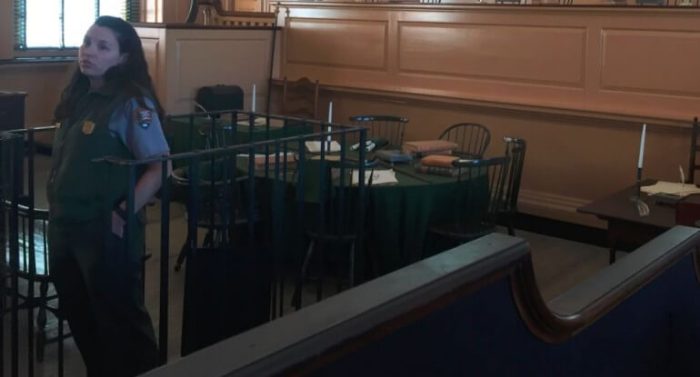On March 5, 1770, one of the key events of the American Revolution took place in Boston: the Boston Massacre.
While the city will commemorate the its 247th anniversary this weekend, here are 10 facts about what Patriot Paul Revere depicted as “The Bloody Massacre in King Street.”
1. The beginning
The massacre ensued after British soldier Hugh White struck wigmaker’s apprenticed Edward Garrick with the butt of his musket outside the Custom House on King Street (State Street today) after the boy insulted another British officer named John Goldfinch. 2. Mob scene
An angry crowd soon gathered, and backup British soldiers arrived after the confrontation continued. The crowd taunted and threw things at the soldiers, who eventually opened fire on the protesters after one soldier was hit in the face with a stick. 3. Shots fired
Eleven civilians were shot, and five died. The first, Crispus Attucks, was a black man who is considered the first American casualty of the American Revolutionary War. He, Samuel Gray and James Caldwell all died instantly. Samuel Maverick, who was in the back of the mob, was hit by a ricocheting musket ball and died early the next day. Patrick Carr died two weeks later from his injuries. 4. Forever united
The five men were hailed as heroes and were laid to rest together at the Granary Burying Ground on Tremont Street.
5. A city in mourning
Twelve thousand Bostonians took part in their funeral procession. For scale: At the time, Boston had roughly 20,000 residents and 4,000 British troops.
6. A name that would live on
Founding Father Samuel Adams, who was the chairman of a committee to investigate what he coined as the “Boston Massacre,” demanded that the soldiers leave Boston.
7. Massacre on trial
His cousin — and America’s eventual second president — John Adams defended the nine British soldiers, including Capt. Thomas Preston, involved in the massacre at a subsequent murder trial that began on Nov. 27. 8. Not guilty
Preston was found not guilty of ordering his men to fire and returned to England in December. Two soldiers were found guilty of manslaughter, while the remaining six were acquitted.
9. M for manslaughter
The two soldiers found guilty, Matthew Kilroy and Hugh Montgomery, were given reduced sentences — but their thumbs were branded with the letter M for “manslaughter.”
10. Patriots’ propaganda
Samuel Adams and Paul Revere used the Boston Massacre as propaganda to unite patriots in the other 12 colonies. Revere did a famous copper engraving entitled “The Bloody Massacre Perpetrated in King Street Boston on March 5th, 1770 by a party of the 29th Regt.” Itwas later revealed to be based on drawings by fellow engraver Henry Pelham, but was used as evidence in the soldier’s trials nonetheless. To see a list of events planned to commemorate the anniversary of the Boston Massacre on Saturday, click here. Please note that due to the cold, outdoor events have been canceled.




